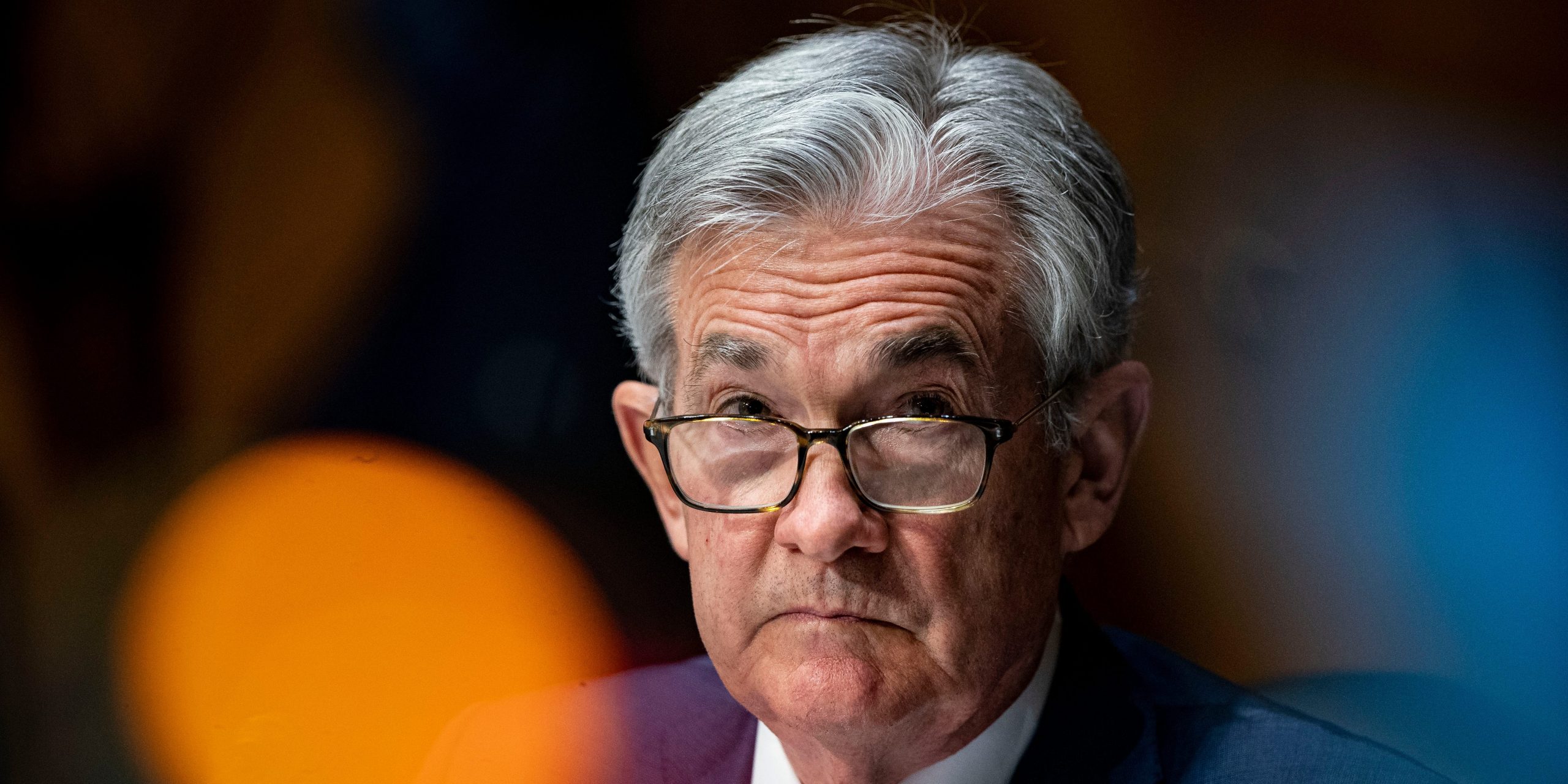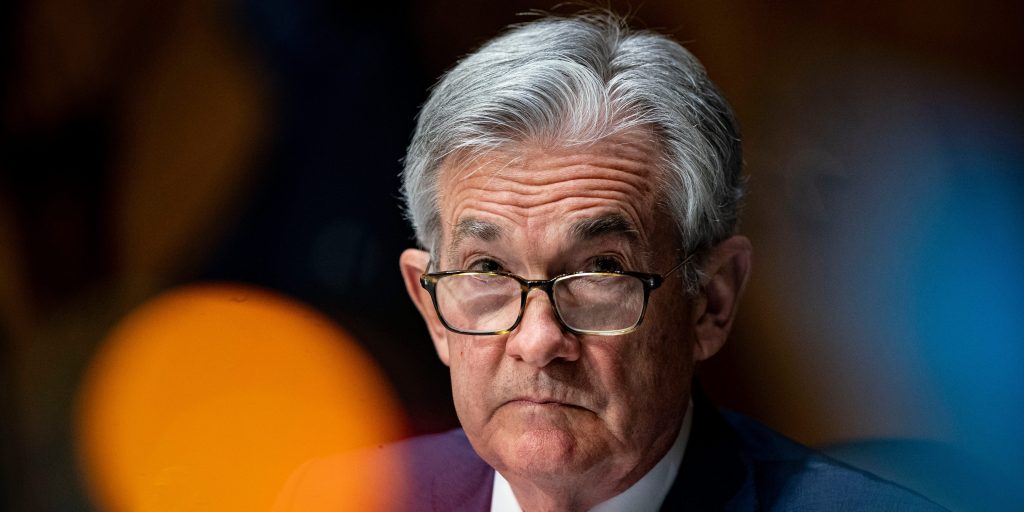
Pool/Getty Images
- The US is recovering well, but supply constraints and worker shortages present obstacles, the Fed said.
- Product shortages can provide "more lasting but likely still temporary upward pressure" on prices.
- New technology and retirements could keep the labor market from returning to its pre-crisis norm, the Fed added.
- See more stories on Insider's business page.
Vaccination may be keeping COVID-19 at bay, but the pandemic's fallout lives on in supply shortages and labor scarcity, the Federal Reserve said Friday.
March stimulus, vaccination, and the reversal of pandemic restrictions allowed businesses to reopen and unleashed a wave of consumer demand through the first half of the year, but these combined to make inflation the new specter looming over the US. Prices climbed at their fastest rate since 2008 in May, and much of this overshoot is linked to supply bottlenecks and the nationwide labor shortage, the Fed said in a new report.
"Shortages of material inputs and difficulties in hiring have held down activity in a number of industries," the central bank said. Still, accommodative fiscal and monetary policy helped the US achieve "strong economic growth" through the first half of the year, the Fed added.
The Friday report sheds more light on just how high the Fed is willing to let inflation run before taking action. Recent measures of nationwide price growth are "in a range that is broadly consistent" with policymakers' long-term goal of inflation averaging 2%, according to the report. Bottlenecks affecting products like used vehicles and appliances can provide "more lasting but likely still temporary upward pressure" on prices, the Fed added.
The Fed also provided new detail on how it expects the labor market to reach its goal of maximum employment. Unemployment remains elevated, and labor force participation has been flat in recent months as Americans remain on the sidelines. It's possible the COVID-19 recession and the resulting worker shortage will have "long-term effects on the structure of the labor market," the Fed said.
"The pandemic seems to have accelerated the adoption of new technologies by firms and the pace of retirements by workers. The post-pandemic labor market and the characteristics of maximum employment may well be different from those of early 2020," the central bank added.
Fed Chair Jerome Powell is scheduled to present the report to Congress on Wednesday and Thursday.

